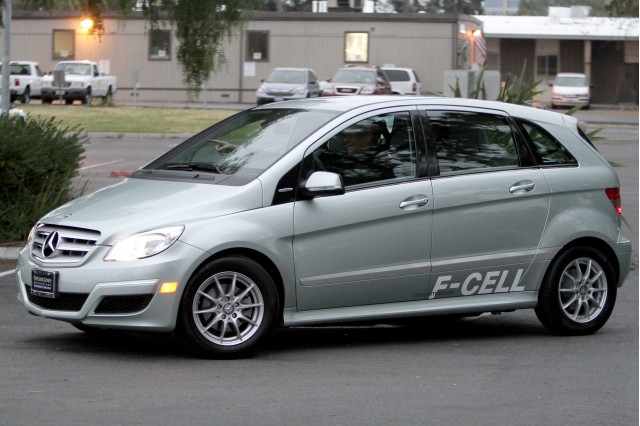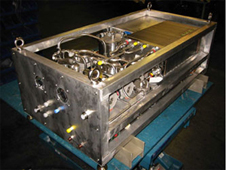By 2017 hydrogen-powered electric vehicles (EVs) will be on the road using fuel cell technology jointly developed by Ford, Nissan and Daimler. The three major automobile manufacturers are equal partners in a new joint venture to make the fuel cell EV a reality by that date. They join BMW and Toyota who announced their collaboration very recently, as well as Hyundai and Honda, who last year entered a similar joint venture.
The Ford, Nissan, Daimler venture intends to mass produce fuel cell EVs and help develop an infrastructure to support them within the decade.
What factors are driving automobile manufacturers to fuel cell EV technology?
- The range of current battery-based EVs continues to make them a hard sell to consumers who are looking for performance equal to gasoline and diesel technology.
- The lack of a significant battery recharge infrastructure further constrains the market for EV technology.
- The low cost and high availability of natural gas in North America because of recent discoveries using hydraulic fracturing has made high volume hydrogen extraction commercially viable.
- Government standards are making manufacturers of gasoline and diesel vehicles look for alternative technologies to reduce overall fleet CO2 emissions.
What’s slowing down the development of fuel cell-based vehicles?
- The same lack of infrastructure that plagues battery-based electric vehicles.
- The volatility of hydrogen as a fuel that has limited its widespread commercial use.
Remember the Hindenburg and you indeed understand just how volatile hydrogen can be. But companies like Nuvera are providing safe hydrogen infastructure solutions with products like PowerTap, an on-site hydrogen generation technology. And researchers like those at Brookhaven University are finding ways to make hydrogen a much safer bet when transported.
Featured in the NASA Gemini, Apollo and Shuttle Programs, (see image above) and pioneered by companies like Ballard, fuel cells have been around for more than a half century. So we have lots of research and development dollars already expended in perfecting a number of different successful designs. And now there appears to be a confluence of circumstances to kick start the technology to the next level of commercial, high volume production, just in time to help us deal with CO2 and other greenhouse gas emissions, giving us another weapon to beat back the threat of human-induced climate change.


















